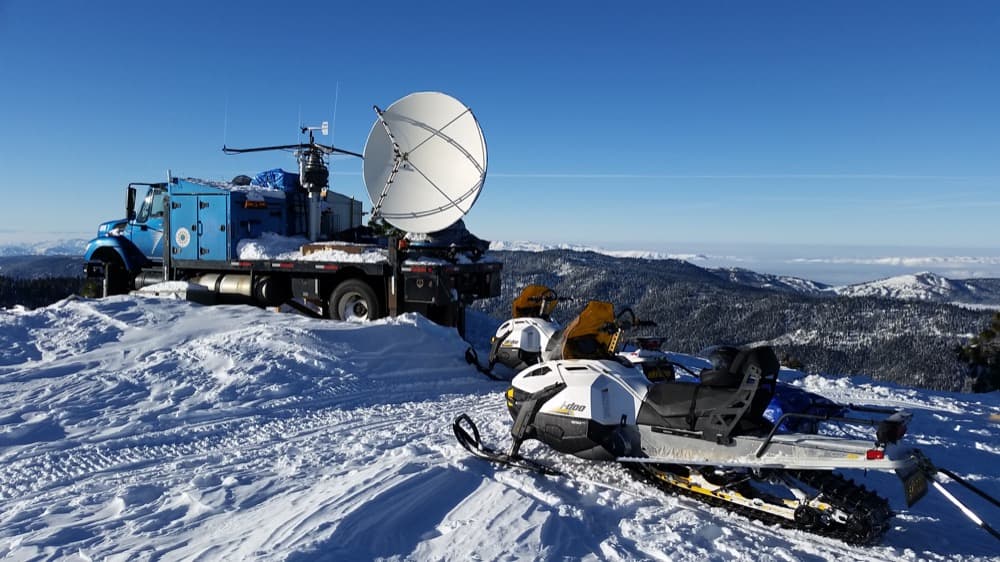
A team at CU Boulder is partnering with researchers in Illinois and Indiana to pull snow from the skies -- and they'll only be the latest from Colorado to experiment with the weather. Read on for the details of the new project and the backstory of this state's ongoing weather modification program.
The research project, launched this month, will put planes over southwest Idaho to seed silver iodide into the clouds, potentially causing snow and ice to form when it wouldn't otherwise.
This thing has a great name, by the way: SNOWIE, or Seeded and Natural Orographic Wintertime Clouds -- the Idaho Experiment. If it works, it would increase the amount of springtime water runoff to streams and rivers, providing more power from hydroelectric dams.
The idea is to build up "the scientific foundation for weather modification,” said assistant professor Katja Friedrich, who's in charge of the CU part of the program, in a news release.
Among other contributions, two Boulder students will be operating a Doppler radar system on a mountain to track the effects of the experiment. The team also will be operating various gauges and instruments to keep track of the project, joining colleagues from the University of Wyoming and the University of Illinois-Urbana Champaign.
The data, in turn, will be the basis for scientific research by students at CU and elsewhere, and a few lucky undergrads will even get the chance to spend a week at the site.
As of Jan. 10, the experiment had flown three times in four days.

But this isn't new for Colorado:
The state of Colorado itself has been experimenting with the technology since the 1970s. There's an entire weather modification program to explore the concept at a cost of about $1 million per year, paid for in part by water providers and ski resorts. Unlike the new research program in Idaho, Colorado uses ground-based "generators" that burn silver iodide up into the air when conditions are just right.
Vail and Beaver Creek have the longest-running effort, which tries to get the resorts open earlier and for a longer season. There are seven active programs in Colorado, according to the Colorado Water Conservation Board.
The state claims these programs have showed promise. One research report estimated that 8 percent of the snowpack at Winter Park in one recent season may have been "gained from cloud seeding."
(The state also has permitted "hail cannons," which use the power of sound to try to disrupt hail clouds in Weld County and the San Luis Valley.)
Still, it's quite hard to reliably measure the impact of these programs. Nolan Daesken, the state climatologist, believes they have some effect but that claims about them sometimes are overblown, according to the Colorado Independent.
Silver iodide can only draw out significant snowfall when temperatures are below 17 degrees, "with sufficient moisture in the air and favorable winds," as Hannah Holm, coordinator for the Water Center at Colorado Mesa University, wrote for Vail Daily.
Her conclusion: Cloud-seeding deserves respect as a new water supply strategy, but it's a relative drop in the bucket.











